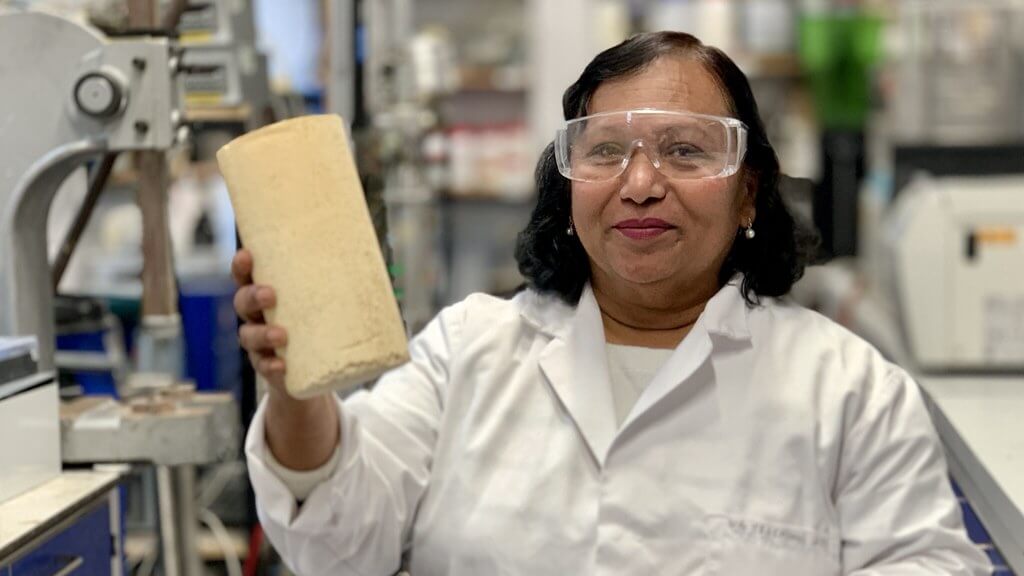BATH, United Kingdom — It doesn’t get more important than the very air we breathe. While most modern air purifiers available today come with disposable cartridges and filters that usually end up rotting away in landfills, an innovative new design is offering up the possibility of clean air and zero waste with the help of an unlikely asset: foam.
Researchers from the University of Bath explain that the secret ingredient to their new high-performance air purifier is FOAM3R filter technology, recently patented by the university team. At first glance, the material looks like any other foam cylinder, but its creators describe it as a highly adaptable disruptor technology for microbial, CO2, and volatile organic compound (VOC) odor removal.
The uses of FOAM3R aren’t limited to home air purifiers aimed at eliminating smog. Study authors say they can produce multi-functional foam structures for aircraft cabins, in-car air filters, ship and boat cabins, residential heating, ventilation and air-conditioning, and respirator/breathing apparatuses.
The foam contains high-temperature polymer and active media such as selective adsorbents that act to capture contaminants, as well as antibacterial agents that combat microbes. Even better, FOAM3R is pliable, lightweight, energy-efficient, and anti-bacterial. Added active metals within the foam’s structure promote 99.999 percent efficiency when it comes to the removal of common bacteria and viruses.

FOAM3R also boasts a tailorable composition that facilitates the targeted capture of a wide variety of small to large volatile organic compounds (many of which result in pungent smells) and the robust removal of CO2.
The home air purifier design of the foam, meanwhile, is currently in the prototyping stage. The design features two cylindrical columns of the FOAM3R material. While in use, one of those columns works to purify the air while the second “regenerates” for reuse via heating, ultimately restoring and sustaining the foam’s sorbent properties.
After being collected in the air via heating, this process promotes the removal of pollutants and dead microbial debris as well as the recovery of volatile components. Through cooling and condensation, the process collects those volatile compounds as liquids that are safe to pour away.
It’s also worth noting that FOAM3R boasts a simple one-step manufacturing process and can take the shape of numerous form factors. Retro-fitting is also possible for existing technology, and the foam features more energy efficiency than comparable carbon-granule-based air purification systems.
In conclusion, researchers believe their air purifier design and FOAM3R technology in general may represent a significant breakthrough in air purification.
“We have created a highly efficient design, with none of the disposable cartridges or waste that we see in many commercial air purifiers, so there are several benefits to what we’ve created,” says Professor Semali Perera, from Bath’s Department of Chemical Engineering, in a media release. “Our next step is to engage potential commercial partners with the requisite expertise to bring our invention to the market.”
